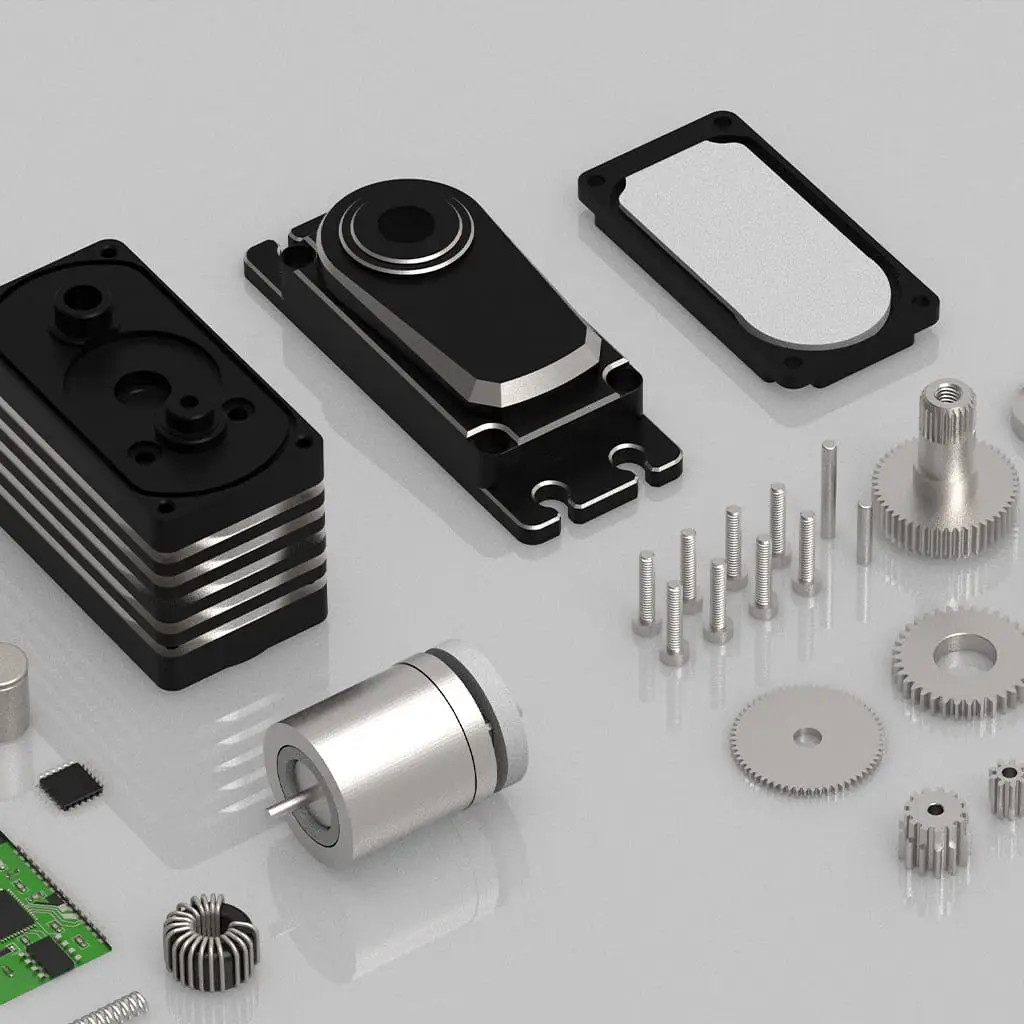A servo motor is a type of motor specifically designed for precise control of angular position, speed, and acceleration. It is often used in applications that require high precision in positioning, such as robotics, automation systems, and CNC machinery. A servo motor consists of a motor coupled with a sensor that provides feedback to a controller, enabling accurate, closed-loop control.
Working Principle of Servo Motor:
The principle behind a servo motor is based on a closed-loop control system. Here’s how it works:
- Motor and Feedback Sensor: A typical servo motor consists of a DC motor, a feedback device (such as an encoder or potentiometer), and a control circuit.
- Control Signal: The motor is driven by a control signal that can vary in voltage or pulse width, depending on the type of servo motor. For example, PWM (pulse width modulation) is commonly used to control the position of the servo motor.
- Position Feedback: The feedback device (like a potentiometer) constantly monitors the position of the motor shaft and sends this data back to the controller.
- Comparison and Adjustment: The controller compares the actual position with the desired position. If there’s any discrepancy, it adjusts the motor’s input to correct the position.
- Maintaining the Position: Once the servo motor reaches the desired position, the system will maintain that position, compensating for external forces or changes in load to keep the motor in place.
Servo motors are crucial in applications requiring precise motion control, such as robotics, CNC machines, and automated systems.


